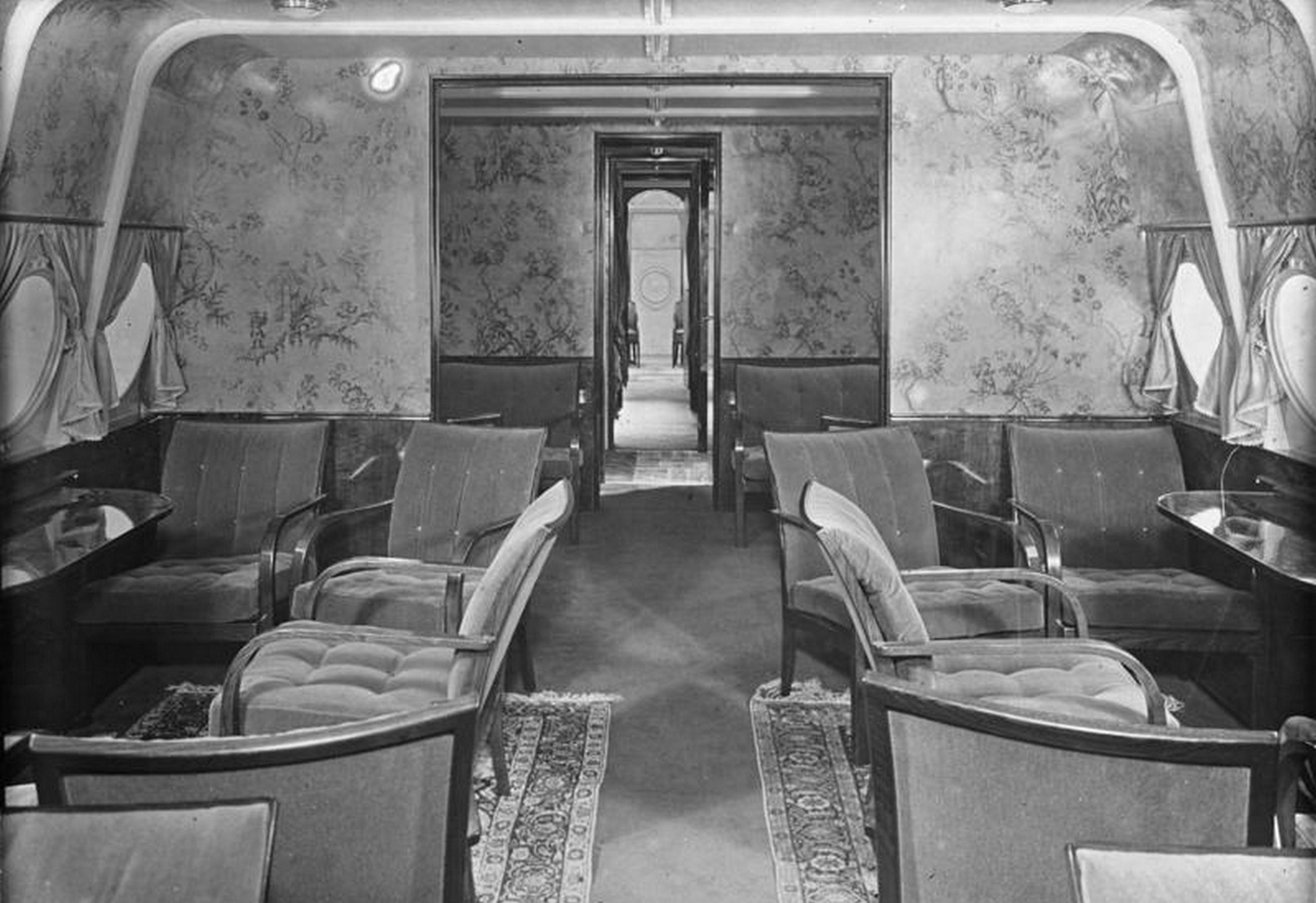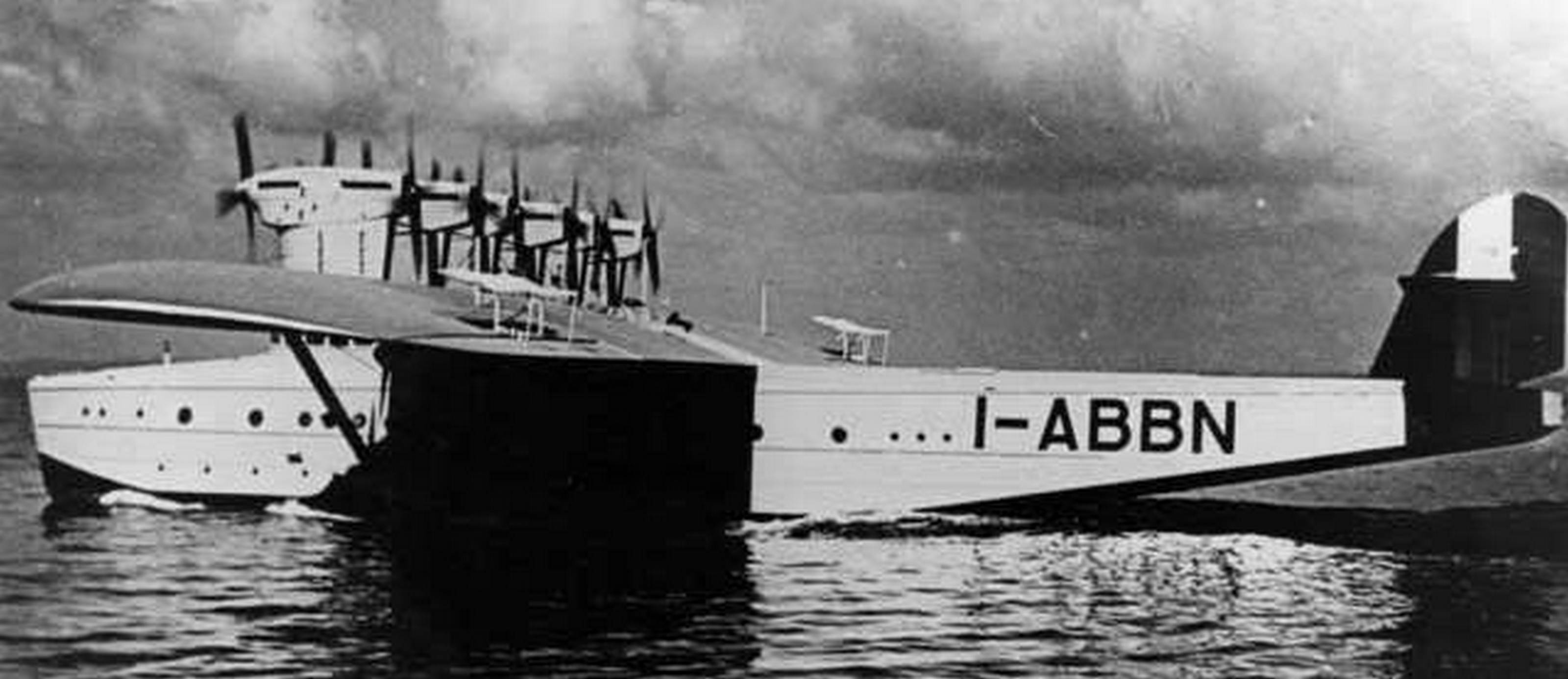95th Anniversary of the Dornier Do X Flying Boat: The Story of the Largest Aircraft of Its Time

On July 12, the passenger flying boat Dornier Do X celebrated its 95th anniversary – the largest aircraft of its time. On that day in 1929, the first prototype of the aircraft, developed by the German company Dornier-Metallhäusern, made its flight on Lake Constance. This company was founded by the renowned aircraft designer Claude Dornier, about whom there is a separate article on our website. The project was financed by the German Ministry of Transport. To circumvent the restrictions of the Treaty of Versailles and build the giant aircraft, a special factory was built near Altenrhein, on the Swiss side of Lake Constance.
The Do X was an all-metal high-wing aircraft with strut-braced wings. The additional lower wing served as sponsons, which provided lateral stability on the water. For high seaworthiness, many naval solutions were used in the fuselage design, which affected its specific appearance. The aircraft was equipped with 12 Bristol Jupiter air-cooled radial engines, each producing 524 hp, combined into 6 tandem installations. A year later, they were replaced with more powerful Curtiss V-1570 "Conqueror" engines (610 hp each) with liquid cooling. The flying boat was 40 meters long, had a wingspan of 48 meters, a takeoff weight of 52,000 kg, a maximum speed of 210 km/h, and a practical range of 2,300 km. It was intended to carry 66-100 passengers in luxurious cabins. For publicity, on October 21, 1929, a flight took place with 169 people on board, including the crew. This achievement was only surpassed in the second half of the 20th century.
It was planned that the Do X would become a successful commercial airliner. Mainly, such airships were to operate on transatlantic routes between Europe and both Americas. However, these plans were thwarted by the Great Depression, which began in the fall of 1929. Therefore, only two more aircraft were built in 1931-1932.
The first model was initially used by the Dornier company for promotional purposes. From November 3, 1930, to May 24, 1932, it made a grand tour of Europe, South America, and North America. In particular, the aircraft was seen in France, the United Kingdom, Brazil, and the USA. During these travels, several long repairs had to be carried out. For example, the Do X stood in New York for 9 months. After returning to Germany, it was handed over to the airline Luft Hansa. However, commercial operation did not take off, and the aircraft became the centerpiece of the new aviation museum in Berlin. During World War II, on the night of November 24, 1943, it was destroyed by British bombers.
The Italian state airline SANA from Genoa was the customer for the other two aircraft. They received the designations Do X2 and Do X3, as well as the names Umberto Maddalena and Alessandro Guidoni, respectively. Both machines were equipped with Fiat A-22R engines, each producing 600 hp. However, in Italy too, the plans to carry passengers on air routes quickly failed. Both flying boats were handed over to the Italian Air Force. In 1937, they were dismantled for scrap metal.

 Fan-page
Fan-page Youtube
Youtube TikTok
TikTok Aviamuseum
Aviamuseum State Aviation Museum
State Aviation Museum


_1720767063_1.jpg)

